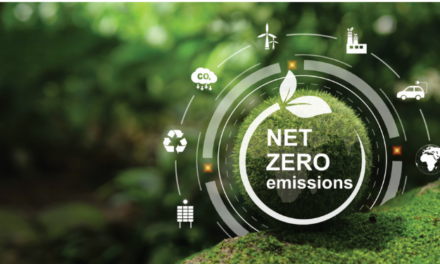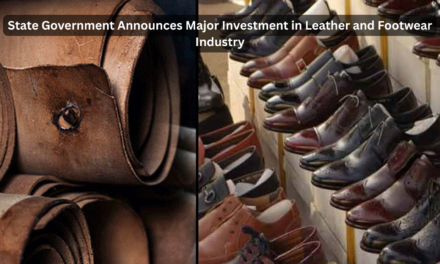The global leather industry is currently grappling with increasing competition from the rapidly growing synthetic alternatives market, which poses significant challenges to traditional leather production. As consumers and brands become more conscious of environmental and ethical concerns, there has been a notable shift toward vegan leather and bio-based alternatives, such as pleather, mushroom leather, pineapple leather, and apple leather. These synthetic materials are seen as more sustainable and cruelty-free, appealing to a new generation of eco-conscious consumers.
The rise of synthetic leather alternatives has led to concerns within the traditional leather sector, as these materials often mimic the look, feel, and durability of real leather at a lower cost. Brands, especially in the fashion and footwear industries, are increasingly opting for these alternatives in response to consumer demands for sustainability and ethical production practices. This has resulted in reduced market share for the traditional leather industry, with manufacturers facing pressure to adapt to these changing consumer preferences.
Furthermore, environmental issues associated with leather production, such as water usage, chemical pollution, and carbon emissions during tanning processes, have further fueled the rise of synthetic alternatives. In response, the leather industry is focusing on innovations in sustainable tanning techniques, such as vegetable tanning and the use of eco-friendly chemicals, to reduce its environmental footprint. Companies are also exploring recycled leather and upcycled materials to offer more eco-friendly options to consumers.
Despite these challenges, the leather industry remains resilient, with traditional leather products continuing to be prized for their durability, luxury appeal, and heritage craftsmanship. As the market evolves, manufacturers must find ways to strike a balance between innovation and sustainability, ensuring that they remain competitive in a rapidly changing global marketplace while addressing the growing demand for environmentally responsible products.







